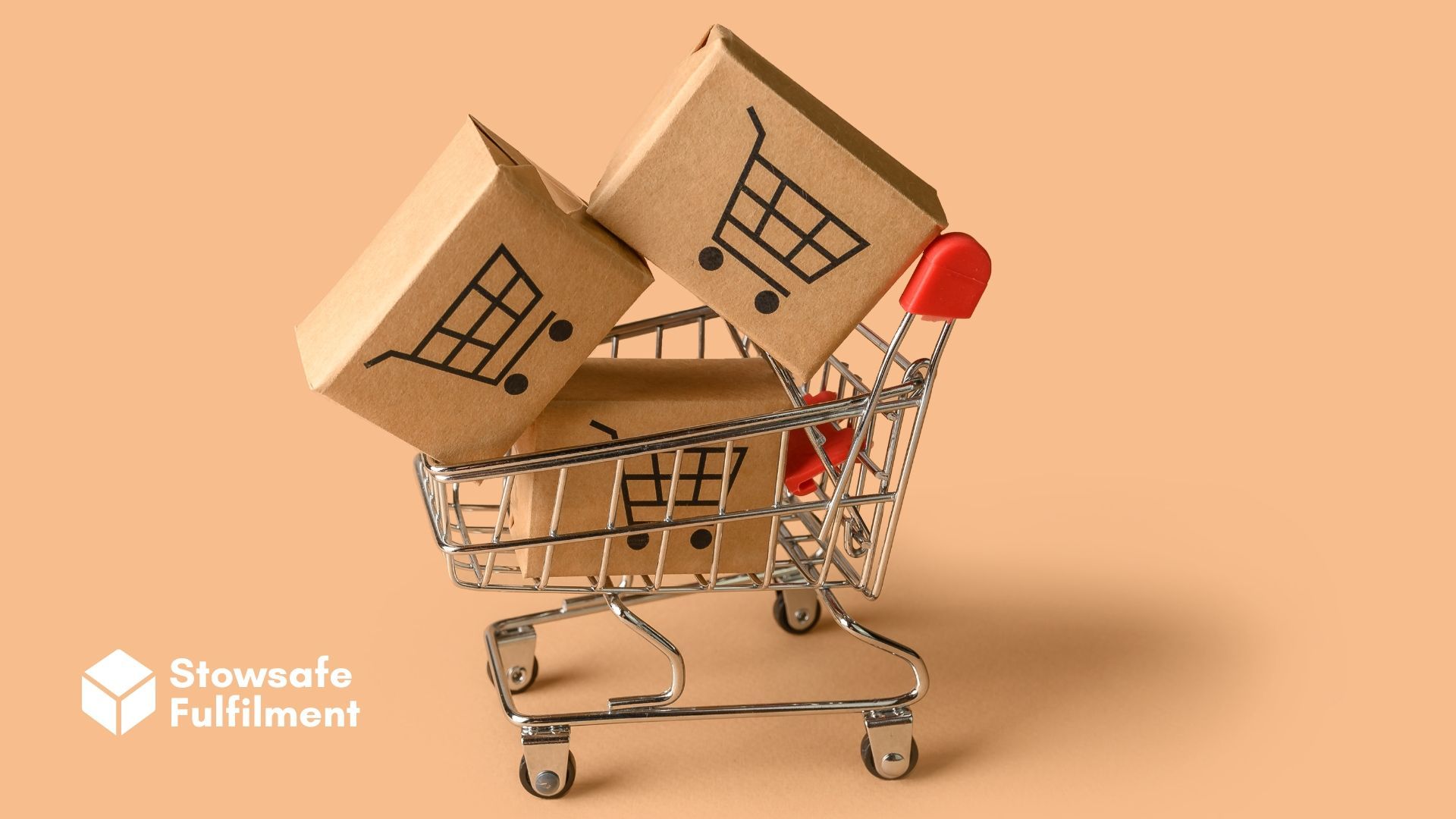Optimal inventory levels are a key indicator of how well an eCommerce business is performing – so what's the trick to good inventory management?

The back end of the year is always the most challenging few months for eCommerce. Black Friday and Christmas bring greater pressures for supply chains, and retailers must work hard to balance increased sales, operational capacity and stock availability.
This year, the cost of living crisis has turned the difficulty level up to 10. It has added yet more uncertainty to forecasting consumer behaviour and has left many wondering how they can keep stock levels healthy during the busiest trading period of the year.
What does "healthy" look like?
Optimal inventory levels are a key indicator of how well an eCommerce business is performing. In short, healthy stock levels mean the stock coming in is roughly the same as what's going out, with space and labour maximised.
An excess of stock can come with a hefty price tag, particularly when it's unexpected – but no business wants to put up the "sold out" signs on its website, either. Losing sales means losing revenue, but it's the longer-term damage to the brand that can be even more painful, as disappointed customers move to competitors new.
From small-scale businesses to global brands, every operation should take its stock control and inventory management seriously, as we negotiate the choppy waters of this quarter. Good news, though: there are plenty of ways to make sure the foundations are as strong as they can be.
1. Start off right
Before anything else, retailers need to pay close attention to the market. Watching consumer behaviour and tracking what they're spending their money on is the single most important factor in trying to predict what they will buy next.
Though it's useful, previous performance isn't an indicator of future results, so it is wise to consider what's happening now as well as what's happened before.
Take the World Cup for example. Key sports events are generally a strong opportunity for electrical products, as more people look to upgrade their TVs and entertainment devices. However, in the wake of the lockdown years, where many had already renewed entertainment and home office equipment, the reality of this once-reliable market trend could be far from the opportunity it once was.
The same goes for Black Friday and Christmas. With spending budgets pinched across the country, it is vital that inventory managers consider this.
As recession looms, Retail Economics has reported an estimated £4.4 billion of non-food spending is expected to be cut this festive season, compared to the last. With three in five consumers expected to cut back on this kind of expenditure, brands should be preparing to take a more conservative approach to in-bound volumes across the whole portfolio.
For a more granular approach, ABC analysis can be highly effective for inventory prioritisation. The technique involves ranking items on demand, cost and risk data, which are then grouped into classes. This helps business leaders identify and prioritise the stock that's most critical to financial success. In short, it means leaning on low-risk favourites that see consistent sales and represent good profit for low cost, while scaling back more expensive, non-essential stock that might not perform as strongly in a period where customers are counting pennies more than ever.
To complement this approach, the strategy should be future-proof, and it should consider ways in which excess inventory costs could be avoided if consumer buying habits fall even shorter than expected. Partnering with a reputable fulfilment centre that offers flexible contracts is a strong way to protect your business against unprecedented fluctuations in market appetite.
2. Keep it right
Having brought in the right amount of stock to meet demand and turn a profit, retailers now need to ensure it's managed properly during storage, fulfilment, and shipment. Particularly where critical paths are short, inventory tracking is an ongoing process and is key to understanding how stock is performing compared to forecasts.
The simplest and most effective route to success is to have a fully optimised fulfilment strategy. This should involve:
- Conducting thorough inbound checks to ensure the goods received match the quantity and quality expected.
- Ensuring stock is stored logically. How fast it is expected to move, as well as sellable constraints – such as best-before dates – should award priority.
- Identifying requirements for effective tracking into, around and beyond the warehouse – such as clear barcodes and software that can read them.
- Managing returns effectively in the backend by adopting best practices in minimising damages and differentiating re-sellable and disposition stock. This should also include a clearly defined resale and rework process.
- Contingency stock planning, such as keeping a percentage in reserve to avoid sudden spikes in demand causing out-of-stock issues.
Good inventory management offers real-time, in-depth visibility that is critical to keeping track of physical SKUs, scheduling reorders and mitigating risks before they become problematic.
There are plenty of software services available on the market that reduce the workload and improve accuracy, freeing up space for leaders to put their focus elsewhere. A good 3PL provider will likely have its own warehouse management system (WMS) that can be integrated with eCommerce platforms and adapted to clients' needs.
3. Make it right
Even with strong demand forecasting and an excellent inventory management policy, a business is inevitably going to find itself overstocked at some point. By recognising this and taking the time to create a response plan, business leaders will be far better equipped to mitigate the risks that come with having too much inventory.
Allocate a budget to price-change initiatives to encourage cost-conscious consumers to make the purchase. In the bigger picture, this might prove cheaper than carrying stock over to the next quarter, as well as helping to build brand loyalty.
Plan for the worst. In peak trading periods, stock levels can change in a moment as customer orders increase. This also puts strain on the next stage of the journey – carrier networks. Ensure there are options to expand into alternative warehouse space – or additional centres completely – and utilise additional courier services if demand starts to outweigh the day-to-day capacity.
As the UK's most flexible
fulfilment company, we at Stowsafe Fulfilment offer a bespoke service covering everything from boosting sales to managing demand through market-leading fulfilment services. Interested? Please don't hesitate to
get in touch.
All Rights Reserved | Stowsafe Fulfilment














